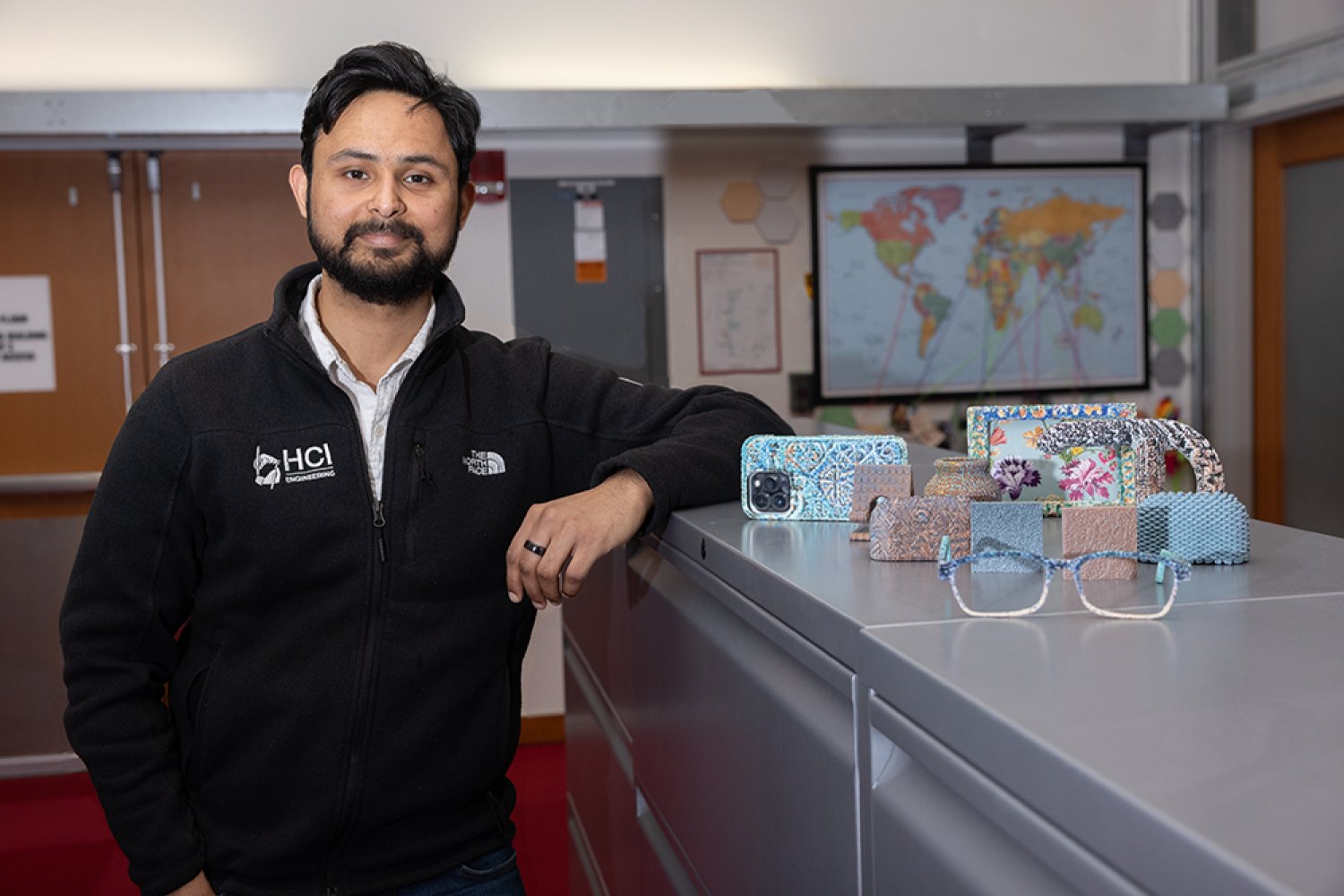Introduction to AI Agents
AI agents handle increasingly complex and recurring tasks, such as planning supply chains and ordering equipment. As organisations deploy more agents developed by different vendors on different frameworks, agents can end up siloed, unable to coordinate or communicate. Lack of interoperability remains a challenge for organisations, with different agents making conflicting recommendations. It’s difficult to create standardised AI workflows, and agent integration require middleware, adding more potential failure points and layers of complexity.
Google’s Protocol to Standardise AI Agent Communication
Google unveiled its Agent2Agent (A2A) protocol at Cloud Next 2025 in an effort to standardise communication between diverse AI agents. A2A is an open protocol that allows independent AI agents to communicate and cooperate. It complements Anthropic’s Model Context Protocol (MCP), which provides models with context and tools. MCP connects agents to tools and other resources, and A2A connects agents to other agents. Google’s new protocol facilitates collaboration among AI agents on different platforms and vendors, and ensures secure, real-time communication, and task coordination.
How A2A Protocol Works
The two roles in an A2A-enabled system are a client agent and a remote agent. The client initiates a task to achieve a goal or on behalf of a user, It makes requests which the remote agent receives and acts on. Depending on who initiates the communication, an agent can be a client agent in one interaction and a remote agent in another. The protocol defines a standard message format and workflow for the interaction. Tasks are at the heart of A2A, with each task representing a work or conversation unit. The client agent sends the request to the remote agent’s send or task endpoint. The request includes instructions and a unique task ID. The remote agent creates a new task and starts working on it.
Industry Support for A2A Protocol
Google enjoys broad industry support, with contributions from more than 50 technology partners like Intuit, Langchain, MongoDB, Atlassian, Box, Cohere, PayPal, Salesforce, SAP, Workday, ServiceNow, and UKG. Reputable service providers include Capgemini, Cognizant, Accenture, BCG, Deloitte, HCLTech, McKinsey, PwC, TCS, Infosys, KPMG, and Wipro.
HyperCycle and A2A Protocol
HyperCycle’s Node Factory framework makes it possible to deploy multiple agents, addressing existing challenges and enabling developers to create reliable, collaborative setups. The decentralised platform is advancing the bold concept of “the internet of AI” and using self-perpetuating nodes and a creative licensing model to enable AI deployments at scale. The framework helps achieve cross-platform interoperability by standardising interactions and supporting agents from different developers so agents can work cohesively, irrespective of origin.
HyperCycle’s Node Factory
The platform’s peer-to-peer network links agents across an ecosystem, eliminating silos and enabling unified data sharing and coordination across nodes. The self-replicating nodes can scale, reducing infrastructure needs and distributing computational loads. Each Node Factory replicates up to ten times, with the number of nodes in the Factory doubling each time. Users can buy and operate Node Factories at ten different levels. Growth enhances each Factory’s capacity, fulfilling increasing demand for AI services. One node might host a communication-focused agent, while another supports a data analysis agent. Developers can create custom solutions by crafting multi-agent tools from the nodes they’re using, addressing scalability issues and siloed environments.
Security and Speed of HyperCycle’s Layer 0++
HyperCycle’s Layer 0++ blockchain infrastructure offers security and speed, and complements A2A by providing a decentralised, secure infrastructure for AI agent interactions. Layer 0++ is an innovative blockchain operating on Toda/IP, which divides network packets into smaller pieces and distributes them across nodes. It can also extend the usability of other blockchains by bridging to them, which means HyperCycle can enhance the functionality of Bitcoin, Ethereum, Avalanche, Cosmos, Cardano, Polygon, Algorand, and Polkadot rather than compete with those blockchains.
Use Cases for HyperCycle
HyperCycle has potential in areas like DeFi, swarm AI, media ratings and rewards, decentralised payments, and computer processing. Swarm AI is a collective intelligence system where individual agents collaborate to solve complicated problems. They can interoperate more often with HyperCycle, leading to lightweight agents carrying out complex internal processes. The HyperCycle platform can improve ratings and rewards in media networks through micro-transactions. The ability to perform high-frequency, high-speed, low-cost, on-chain trading presents innumerable opportunities in DeFi.
Conclusion
Google hopes its protocol will pave the way for collaboration to solve complex problems and will build the protocol with the community, in the open. A2A was released as open-source with plans to set up contribution pathways. HyperCycle’s innovations aim to enable collaborative problem-solving by connecting AI to a global network of specialised abilities as A2A standardises communication between agents regardless of their vendor or build, so introducing more collaborative multi-agent ecosystems. A2A and Hypercycle bring ease of use, modularity, scalability, and security to AI agent systems. They can unlock a new era of agent interoperability, creating more flexible and powerful agentic systems.
FAQs
- What is the Agent2Agent (A2A) protocol?
The A2A protocol is an open protocol developed by Google to standardise communication between diverse AI agents. - What is HyperCycle’s Node Factory framework?
HyperCycle’s Node Factory framework is a decentralised platform that enables the deployment of multiple agents, addressing existing challenges and enabling developers to create reliable, collaborative setups. - What are the potential use cases for HyperCycle?
HyperCycle has potential in areas like DeFi, swarm AI, media ratings and rewards, decentralised payments, and computer processing. - How does HyperCycle’s Layer 0++ blockchain infrastructure work?
HyperCycle’s Layer 0++ blockchain infrastructure offers security and speed, and complements A2A by providing a decentralised, secure infrastructure for AI agent interactions. - What is the significance of Google’s A2A protocol and HyperCycle’s innovations?
A2A and Hypercycle bring ease of use, modularity, scalability, and security to AI agent systems, unlocking a new era of agent interoperability and creating more flexible and powerful agentic systems.











